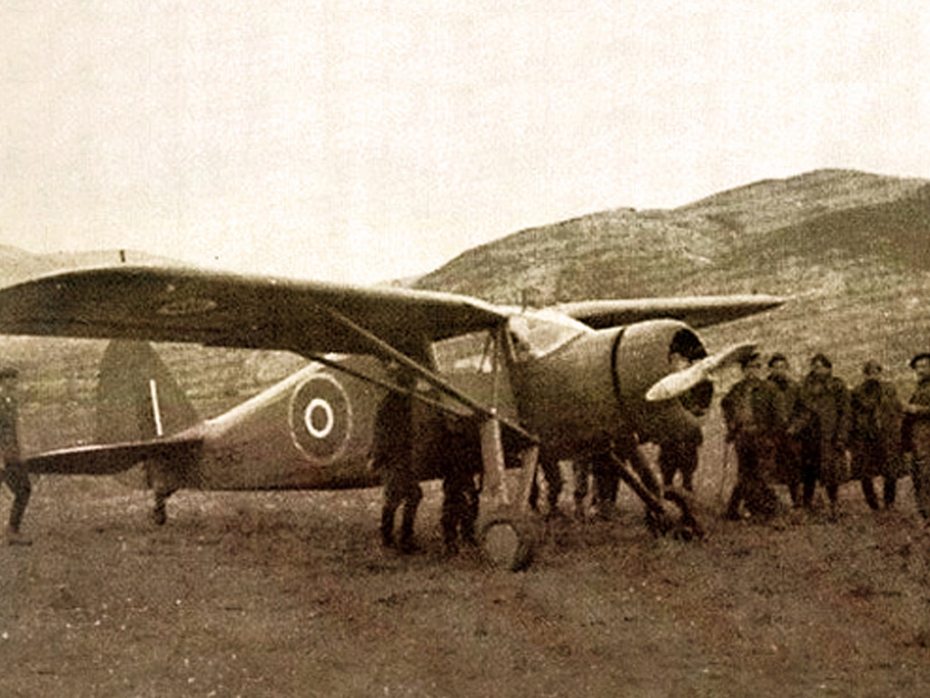Plastiras lake in Karditsa prefecture was created in 1959 after the construction of a dam for potable and irrigation purposes. The construction of the artificial lake resulted in the traces of history the area being hidden under the water.
During the German occupation, the area was used as an airport which aimed to ensure communication with the allied headquarters in the Middle East. The airport operated only at night, while during the day it was covered with vegetation so that it wouldn’t be visible by enemy planes.
Studying the history of the area, we contacted an elderly man who shared with us his memories from the Civil war period. He narrated to us the first mission entrusted to him. As a young boy, he carried munitions to warriors who were hiding in cave shelters in the mountains around the airport.
This testimony is the starting point for the design of a landscape of memory around the lake. The experience of a young boy in danger, chased through the landscape with all of his senses activated, is reconstructed through the landscape design. A new promenade runs through four open installations in the landscape and ends into a memorial.
The first installation, is a tall and narrow metal corridor. While walking on the metal plates, the visitor’s stepping makes noise and the sense of hearing is aroused.
Shortly before the second point, the visitor sees smoke in a distance. Arriving there, on the top of a hill, the visitor faces two tall converging walls. A cave hearth is located in the center of the plateau, so that the visitor can smell the fire, but he cannot see it.
Moving to the third installation, the visitor loses the planned route and seeks on the ground to find stone signs that will indicate the way to be followed. The scattered natural slabs, which are placed in the ground, will guide him.
Having returned to the planned route, at the fourth point, the visitor steps on a metal platform which comes out of the ground as a bracket. While walking there, the platform vacillates producing sound and vibration.
The end of the promenade is on the top of the second hill. A circular metal wall surrounds and protects the visitor creating a sense of unity and safety. At the end of an adventurous path, there comes the catharsis.
















